We sometimes receive inquiries from students who, while searching for more information about Ananda and Swami Kriyananda, discover a handful of websites that accuse Swami Kriyananda of predatory behavior toward women, and portray Ananda as being a cult that enables a culture of sexual misconduct. Even though these websites are written in a convincing manner, they are decidedly untrue.
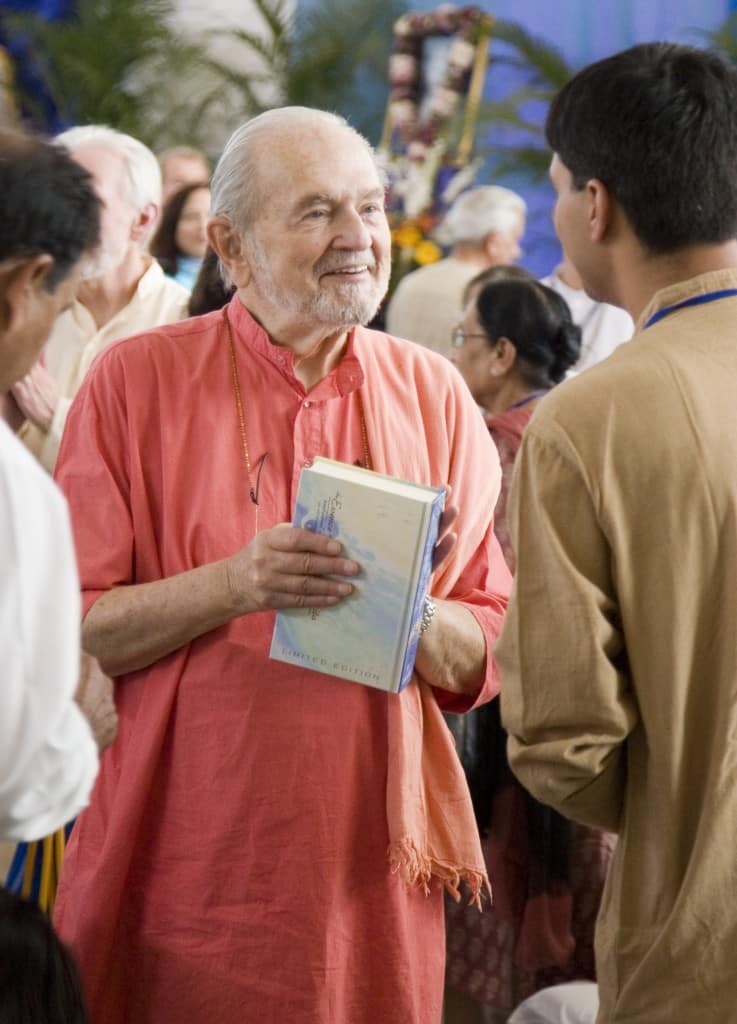
Many students, who up to the time of discovering these allegations, have had extremely positive, even life-transforming experiences after visits to an Ananda community or with Ananda teachers, are thrown by what they assume must be true stories.
These websites draw on the happenings of a sexual harassment lawsuit that was filed against Ananda and Swami Kriyananda in 1994 by a former resident. While many students contact us to hear our side of the story, understandably, more than a few are reluctant to bring their questions up.
The questions we hear from students are: Are these stories true? What really happened? Was Swami Kriyananda really the person that is portrayed on these websites? What is Ananda’s stance on these writings? And finally, why does Ananda still stand by Swami Kriyananda, and consider him their model and guiding light for living a life attuned to Paramhansa Yogananda’s teachings?
We’ve created this page to share our answer to these questions. We’ve done our best to keep our answers simple, clear, truthful, and non-defensive. And so as not to overwhelm the reader we’ve also tried to be both concise and brief. If you want to know the story in greater depth, you can check out the resources toward the end of this page, or you can write or phone us at any time to ask more questions.
What was the origin of the sexual harassment lawsuit filed against Ananda and Swami Kriyananda?
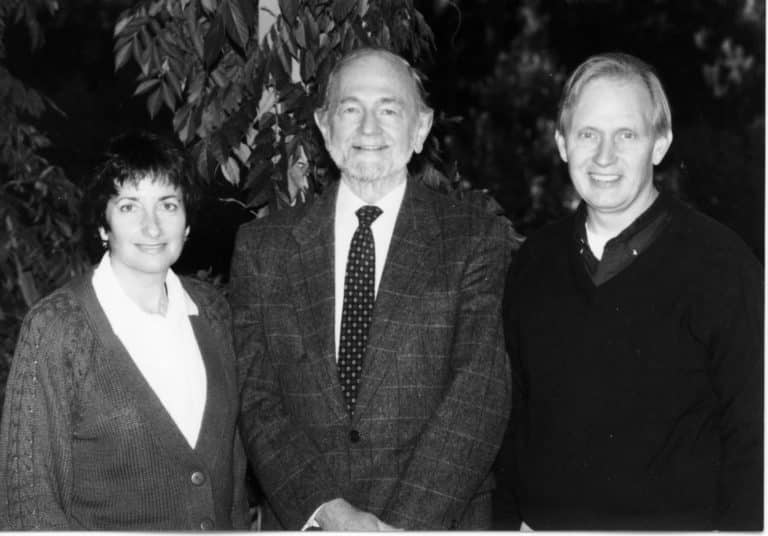
The lawsuit was filed in 1994 by Anne Marie Bertolucci, who, while a resident in the early 1990’s at Ananda Village in Nevada City, California, had engaged in a consensual affair with an Ananda minister who was married at the time. On hearing of the affair, Swami Kriyananda had counseled both the parties to come to their decisions by trying to tune into their own inner guidance. With Swami Kriyananda’s encouragement, the minister had eventually realized that his higher duty was to be with his family, which included a young daughter with special needs, and decided to end the affair.
However, Ms. Bertolucci was unable to come to terms with the minister’s decision and strongly desired to continue the relationship. At that point, in order to separate the two and allow for healing to happen, Swami Kriyananda asked Bertolucci to move to one of Ananda’s sister communities.
Ms. Bertolucci moved for a while to Ananda’s community in Palo Alto, in the San Francisco Bay Area, but eventually ended up leaving Ananda. Sometime later, in 1994, she sued Ananda alleging that:
She had been wrongly fired from her employment “because of her sex.”
She had been fired because she had complained about sexual harassment.
That her firing had occurred “in violation of public policy.”
Fraud, alleging that Kriyananda had said he would act in her best interests, but did not do so.
That she was the victim of intentional infliction of emotional distress.
Battery, because she did not knowingly consent to her physical relationship with the Ananda minister.
What was the real reason behind filing the sexual harassment lawsuit?
While in the San Francisco Bay area, Ms. Bertolucci was befriended by an ex-Ananda member with grievances against Swami Kriyananda. He arranged for her to meet the top leadership of Self-Realization Fellowship (SRF) including Daya Mata, who was then the president of SRF.
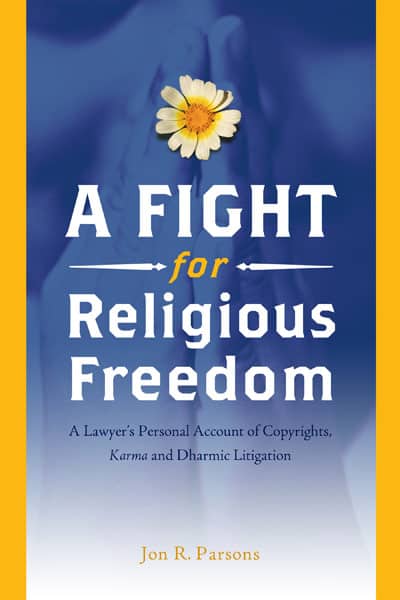
In 1990, SRF had filed a separate lawsuit against Ananda, challenging Ananda’s right to share Paramhansa Yogananda’s teachings. In the lawsuit, SRF had claimed exclusive rights not only to the names “Self-Realization Fellowship” and “Self-Realization Fellowship Church,” but also to “Paramhansa Yogananda” and to all images of Yogananda, and to the term “Self-realization” itself. They had demanded that Ananda stop representing themselves as sharing Paramhansa Yogananda’s teachings. (for details see Self-Realization Fellowship vs. Ananda Religious Freedom Lawsuit, 1990–2002)
With the court ruling in Ananda’s favor on most of the issues, and a number of failed attempts to appeal the court’s decisions, one of the last ways for SRF to win back those losses was through a legal concept called “tarnishment”: If SRF could prove that Swami Kriyananda and Ananda were morally corrupt, and that any association in the mind of the public between SRF and Ananda would “tarnish” SRF’s reputation, then the judge could impose restrictions on Ananda that would diminish that association. Even though the court had dissolved SRF’s copyrights, trademarks, and publicity rights to Yogananda’s name and teachings, through “tarnishment” SRF might have those exclusive rights restored.
With the help of a new attorney who was also an attorney for SRF and a close advisor to Daya Mata, Bertolucci expanded her original allegations to include a claim that Swami Kriyananda fraudulently posed as a celibate monastic and swami, and that Ananda, as well as those in the top echelons of its leadership, served as enablers for a culture of sexual misconduct. These claims, which eventually became the centerpiece of the sexual harassment lawsuit, had not been a part of the original lawsuit filed by Ms. Bertolucci, but were an addition that only occurred in late 1995.
As part of these new allegations, five women testified to Swami Kriyananda’s having had sexual relationships with them.
Did Swami Kriyananda engage in sexual relationships with women at Ananda?
The full story of what actually happened is easiest to understand as a part of Swami Kriyananda’s personal journey as a monastic disciple of Paramhansa Yogananda:
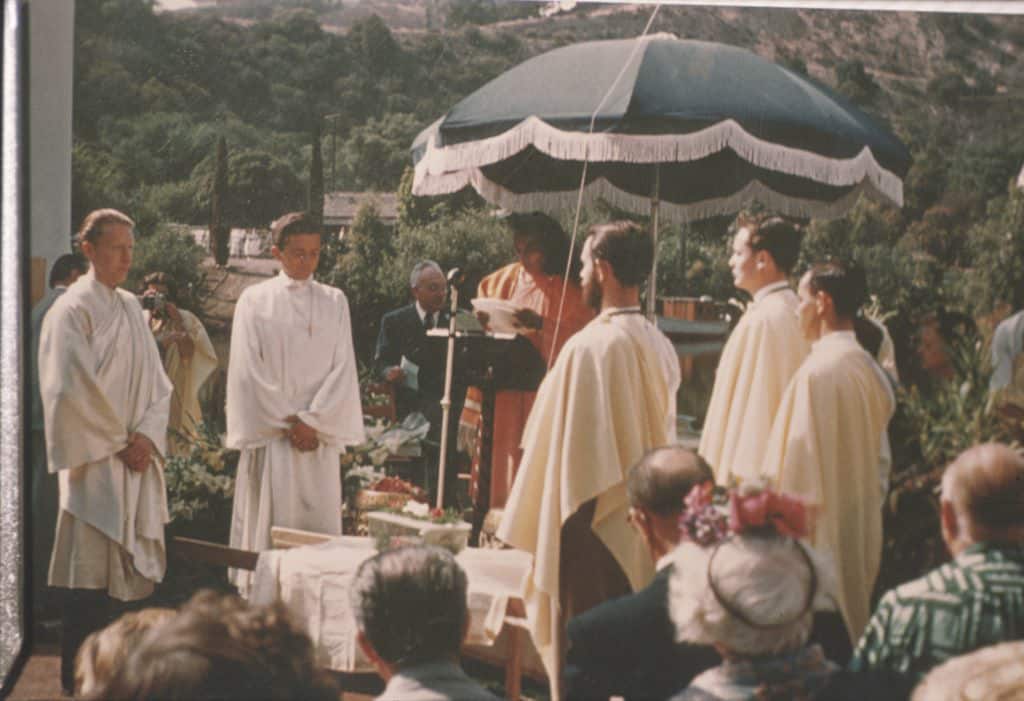
In 1948 22-year-old Donald Walters (later Swami Kriyananda) met his guru, Paramhansa Yogananda. At that first meeting, Yogananda asked him, “Of the three major delusions — sex, wine, and money — which ones attract you?”
Donald described his response: “Wine and money have never been issues for me. I had no wish to get married, but I did experience sexual desires and I told him so.
“At the end of the interview, Yogananda initiated me as a disciple and also as a monk. I took that for his answer and resolved to do my best.” With Yogananda’s blessing, and the protection that came with living in a monastery, he happily accepted the life of a monk.
When Swami Kriyananda was forced out of SRF in 1962 (for details see The Mission That Paramhansa Yogananda Gave to Swami Kriyananda), he was given no choice but to be completely on his own. Moving to the San Francisco Bay Area to live in his parents’ home, he began giving yoga and meditation classes in the Bay Area. When he had a group of interested students, he started Ananda Village near Nevada City, CA in 1968.
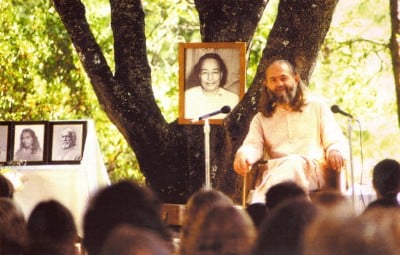
Far from the protected life of an SRF monk, Swami Kriyananda now worked closely with both women and men. Though unknown to anyone at the time, he faced some inward struggles in keeping his vow of celibacy and had one brief relationship in those years. His guru had told him to keep this struggle completely private. “Speak to no one about it,” Yogananda said. So Kriyananda never did.
His commitment to be a monk was profoundly important to Kriyananda, and he therefore resolved to do his sincere best to uphold his monastic vows while still dedicating his life completely to serving his guru.
Kriyananda said, “[Yogananda] told me more than once, ‘Don’t worry about this tendency; it isn’t deep in you.’ I myself always knew it wasn’t deep. It would be erroneous to give the impression this problem ever obsessed me, for it never did. My distress was due simply to the fact that it existed at all. I’d dedicated my life to serving God, but I couldn’t dismiss, or wish into nonexistence, my desire for human consolation and support.”
In counseling people, Swami Kriyananda always treated any “slips” on their part, whatever they were, as temporary mistakes. He always accepted people without censure and encouraged all to define themselves as children of God and not by any mistake they may have made. As someone struggled sincerely to overcome a shortcoming, he might remind them of one of Paramhansa Yogananda’s important maxims, “A saint is a sinner who never gave up,” and encourage them to keep on striving toward perfection. He encouraged all to keep trying until perfection was achieved.
In his own life, Kriyananda faced and strove to overcome his own shortcomings in the same impersonal way he guided others.
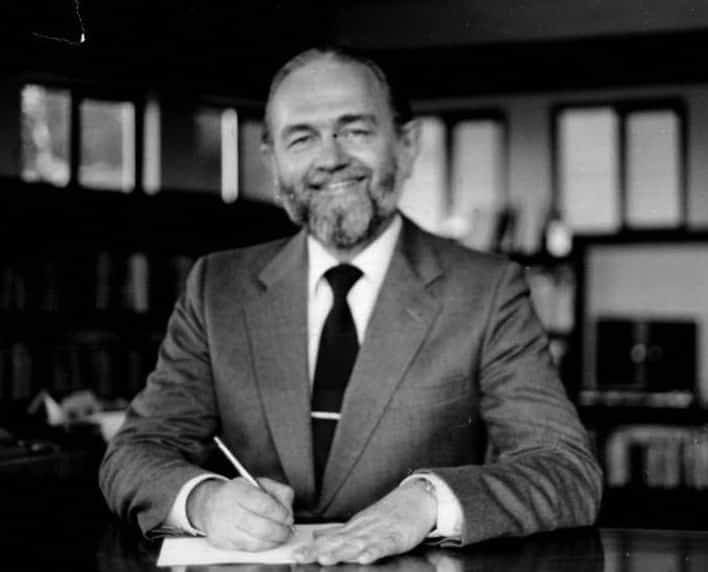
In 1981, Ananda was at a crossroads. It was supposed to be a householder community, but the core was monastic; and married people were unclear about their role. Every direction for Ananda had been set by Kriyananda, and he was a monk. Personally, Swami also felt the need for a change, to be less “project-oriented” and more attuned to the flow of grace within. He prayed to Yogananda, “What should I do?”
In this mood, he set off for a vacation to Hawaii. There he met Kimberley Moore. In her presence, he felt a profound spiritual shift, the answer to his prayer.
They returned to Ananda Village as spiritual partners. Kriyananda formally renounced his monastic vow, explaining the change of lifestyle in an article in Yoga Journal. But by the time the article was published in January 1982, Kimberley had changed her mind, and left Ananda. Kriyananda was deeply disappointed that the spiritual potential he saw in their partnership would not be realized. Of even greater concern, was the thought that he had misunderstood his guru’s guidance.
For some months, he was mostly silent and withdrawn, meditating and praying deeply. Finally, Kriyananda came to see that even though the partnership was short-lived, the positive change in Ananda was profound. His move from monastic to householder had shifted the focus of Ananda in just the way that was needed.
It was during those months of confusion, when Kriyananda was no longer bound by his monastic vow, that he became briefly involved sexually with three women.
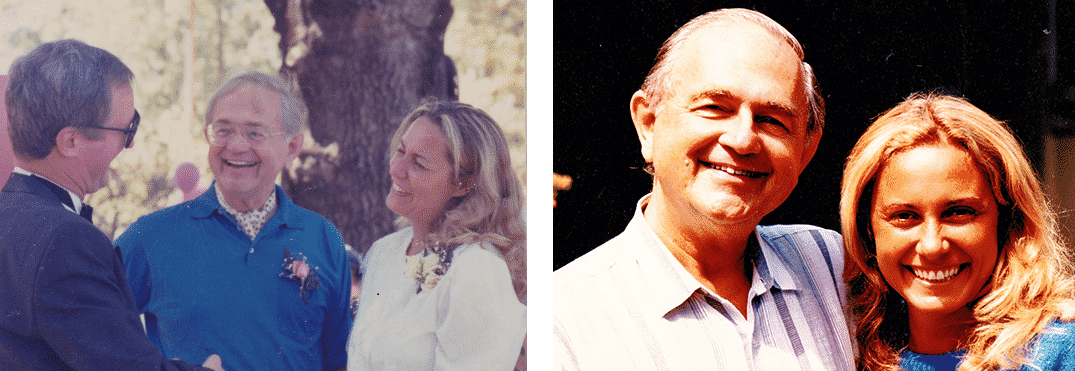
In June, 1982, Swami Kriyananda traveled to Sorrento, Italy, to visit a group of Charismatic Catholics who had also become disciples of Paramhansa Yogananda. During that visit a close friendship developed with Rosanna, one of the leaders of that group. In 1985, they married, two deeply dedicated souls seeking God together. Eventually, though, Rosanna felt her dharma was with the group in Italy, and Swami Kriyananda knew God wanted him to stay as the leader of Ananda. In 1992, they separated.
In 1995, having set the example of spiritual householder life for Ananda, Kriyananda felt the inner guidance to take up his monastic vows again. He reclaimed his spiritual title of “Swami,” and followed that path till his passing in 2013.
How did Swami Kriyananda address the issue of his relationships that came up during the lawsuit?
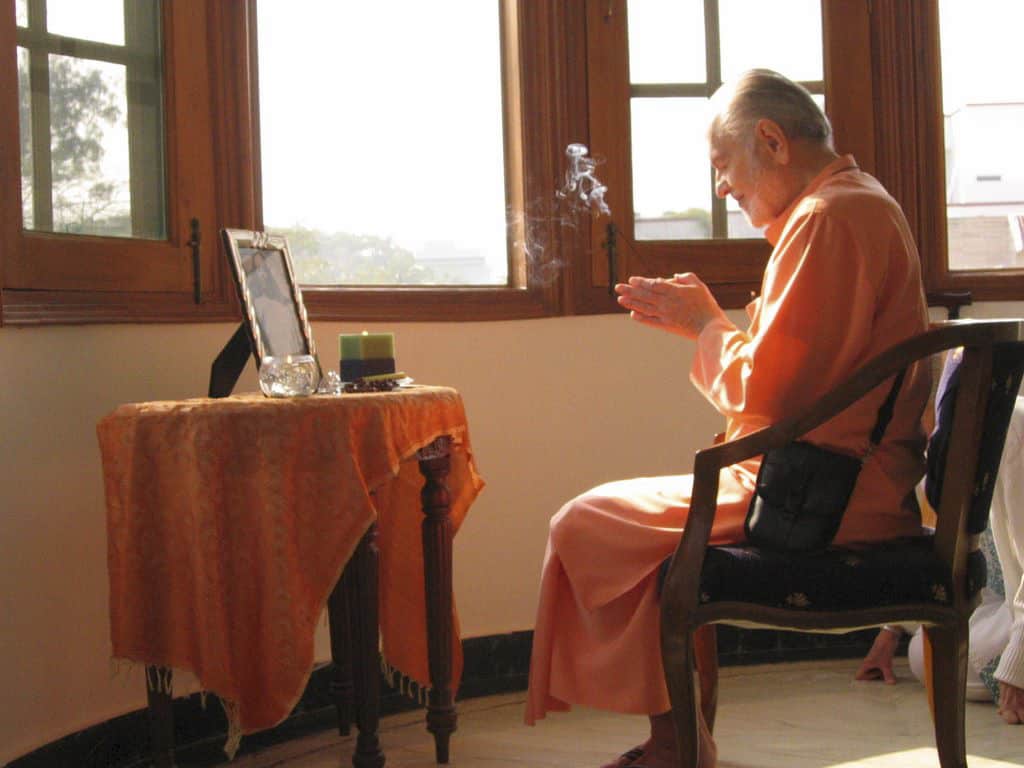 At first, it was a serious dilemma for him because his guru had told him, “Speak to no one about it.” But now, all of Ananda would be impacted if he kept silent. So he prayed deeply and received from his guru the inward guidance to speak.
At first, it was a serious dilemma for him because his guru had told him, “Speak to no one about it.” But now, all of Ananda would be impacted if he kept silent. So he prayed deeply and received from his guru the inward guidance to speak.
Kriyananda frankly admitted that, before his marriage to Rosanna, he had had consensual sexual relationships with a few women, plus his partnership with Kimberley. He categorically denied, however, all allegations of harassment or coercion. “I have always tried sincerely never to hurt anyone,” he said. “But if any of my accusers was really hurt by me, that is a sin for which I myself will pay, and want to pay.”
He also said, “I am not proud of my weaknesses. I am not proud of the fact that I have not been able always to live by all of my ideals. Nor am I happy in the fact that this lack of ability has given you a lesser model of spiritual perfection. Yogananda is far greater than I. You are really following him, through me.”
He further said that when he took his vow as a monk from his guru in 1948, it was an affirmation of his intention. When he re-assumed his vows in 1995, it was in recognition of who he had become. “Just as my Guru promised, celibacy is no longer a problem, that temptation no longer exists for me.”
If Swami Kriyananda accepted having had those relationships, does it imply that the allegations presented on a handful of anti-Ananda websites are true?
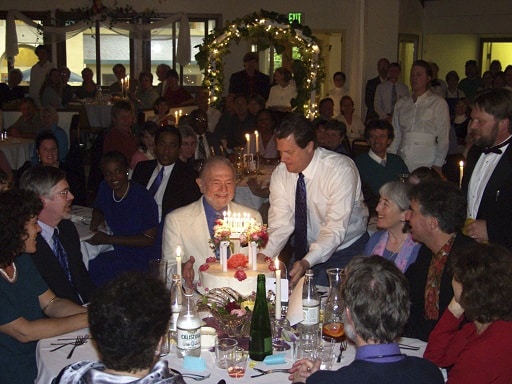
No, the allegations are not true, and this is an extremely important point. The truth is that, before his marriage to Rosanna in 1985, Swami Kriyananda had a few brief relationships at Ananda. Three of those happened when he had publicly renounced his monastic vows. In that time, he also taught and counseled thousands of people, both male and female.
The overwhelming response to Swami Kriyananda, from those who knew him personally and those who have met him through his books, music, and online presence, has been respect and profound gratitude for all that he has done to bring people to a deeper understanding of the teachings of Paramhansa Yogananda.
What was the outcome of the lawsuit and why?
When the jury reached a decision that held Ananda and Swami Kriyananda responsible for some of the charges that were filed, and that Ananda should pay $1.7 million in punitive and compensatory charges, Ananda felt that it had very valid reasons to appeal, because of irregularities and bias in the judge’s decision-making process.

In particular, the judge refused to allow Kriyananda’s lawyers to cross-examine the witnesses, a sanction imposed for Ananda’s unintentional failure to produce certain documents in discovery. Nor would the judge allow Kriyananda’s lawyers to tell the jury why they weren’t allowed to do the cross-examining.
Those who had filed declarations against Swami Kriyananda knew in advance that Ananda had been prohibited from cross-examining them; their testimony thus stood unchallenged and unexplained. The jurors could draw only one conclusion: that their testimony, as it was stated, was true.
The verdict reflected this conclusion. The claims Ananda lost were based primarily on oral testimony that was never subjected to cross-examination.
Bertolucci also made allegations of financial irregularities at Ananda – irregularities so serious that Ananda might have been forced to dismantle had it lost. Ananda defeated these claims resoundingly. In this instance, there were no restrictions on Ananda’s ability to cross-examine witnesses.
Despite having valid reasons to appeal the verdict, for a variety of reasons, including the rising and unbearable cost of the lawsuit and the relentless negative publicity in the media, Ananda made the decision to accept the judgment and move on.
The details of the lawsuit are long and complicated, but are well documented in an excellent book, A Fight for Religious Freedom, written by Jon Parsons, Ananda’s attorney for the SRF lawsuit.
Are Swami Kriyananda and Ananda authentic?
Given these two disparate portrayals, one being our explanation of what really happened and the other being the extremely disquieting narrative that can be read on some anti-Ananda websites, how does one know which side is telling the truth?
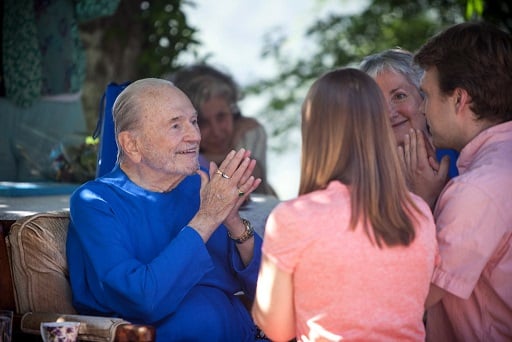 The simplest answer was shared by Jesus in the Bible: “Ye shall know them by their fruits.” You can make your own decision by examining Swami Kriyananda’s books, online talks, or listening to the music he has composed, all of which have brought thousands of devotees worldwide to Paramhansa Yogananda’s teachings. Even better is to visit an Ananda community, to experience the universal harmony and respect among residents – not just for each other, but for all people – and to meet some of the devotees who have lived and studied with Swami Kriyananda. The resources we’ve shared at the end of this page can also help you to know more about who Swami Kriyananda was.
The simplest answer was shared by Jesus in the Bible: “Ye shall know them by their fruits.” You can make your own decision by examining Swami Kriyananda’s books, online talks, or listening to the music he has composed, all of which have brought thousands of devotees worldwide to Paramhansa Yogananda’s teachings. Even better is to visit an Ananda community, to experience the universal harmony and respect among residents – not just for each other, but for all people – and to meet some of the devotees who have lived and studied with Swami Kriyananda. The resources we’ve shared at the end of this page can also help you to know more about who Swami Kriyananda was.
And finally, if you are one of those who have already had wonderful, positive experiences with the teachers and residents at Ananda, either during a personal visit to Ananda’s communities and retreats, or through one of Ananda’s online offerings, those experiences are perhaps your best guides to knowing what Ananda is truly about. Whatever goodness you have experienced at Ananda is a direct fruit of Swami Kriyananda’s training of all of us. And it can serve you as a window to know who he truly was: a sincere, deeply devoted disciple of Paramhansa Yogananda, who Yogananda commissioned to bring his teachings of Self-realization into the world, and who led an exemplary life of discipleship dedicated to fulfilling that commission.
If you have more questions, please do not hesitate to contact us – We are happy to speak with you personally and answer any questions about our own real-life experience with Swami Kriyananda.
Further Resources:
A Fight for Religious Freedom: A Lawyer’s Personal Account of Copyrights, Karma and Dharmic Litigation, by Jon R. Parsons
Go On Alone: A Struggle Between Personal Integrity and Group Conformity, by Swami Kriyananda (read online for free)
Faith Is My Armor: The Life of Swami Kriyananda, by Devi Novak
Swami Kriyananda: Lightbearer, by Asha Nayaswami
My Heart Remembers Swami Kriyananda, by Narayani Anaya
Swamiji: Swami Kriyananda’s Last Years, by Miriam Rodgers
Swami Kriyananda: As We Have Known Him, by Asha Nayaswami (aka Asha Praver)
